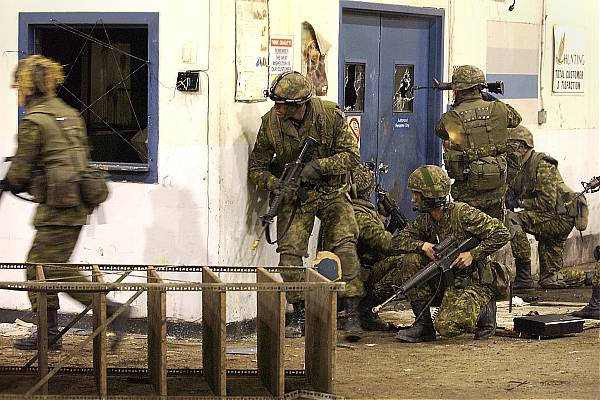
Basic Information
Official Name: The Democratic Republic of Goias
Demonym: Goian
National motto: The people have the last word
National anthem: Long Live Goias
Form of Government: Federal parliamentary democracy
Head of State: President Serafim Nayru
Head of Government: Prime Minister Andrea Rasana
Capital: Arasar
Official language: English, Goian
Recognised regional languages: Portuguese, Greek, Armenian, German, Giazeri, Limburgian, Tomesian, Zineran, Sineraul, Nhej, Yaskan and Erlàn.
Official religion: none (officially secular)
Currency: Rajes (R$)
Region: The Kingdom of Middle Earth
Population: 6.526 billion
Total land area: 15.670.000 km²
National codes
National Abbreviation: GIS
ISO Nation Code: GIAS
ISO Currency Code: GRJ
International Calling Code: +36
Top Level Domains: .gis .gs
Sports Code: GIS
Civilian Naval Craft Code: GSC
Military Naval Craft Code: GSN
Sections
1. Introduction
2. History
3. Geography
4. Economy
5. Demography
6. Government and political system
6.1. Administrative divisions
6.2. Political system
6.3. Political parties
6.4. Law enforcement
6.5. Foreign affairs
6.6. Military
7. Education and Health
8. Culture
Introduction
Goias, officially known as the Democratic Republic of Goias, is a nation in the region of The Kingdom of Middle Earth. Located on the continent of Asayl, it is the most populous country in the region with almost 6.5 billion people and an economic powerhouse with large reserves of natural resources and well-developed industries.
Goias is constitutionally a federal parliamentary republic, divided into 27 provinces and 4 autonomous areas. Despite its large size it only shares land borders with six countries: Antánas, Zeri, Morzame, Luzer, Xerion and Tanán. The country is currently attempting to fulfill its potential as a great power, reversing a policy of non-implication and focusing on internal issues that persisted since independence.





















